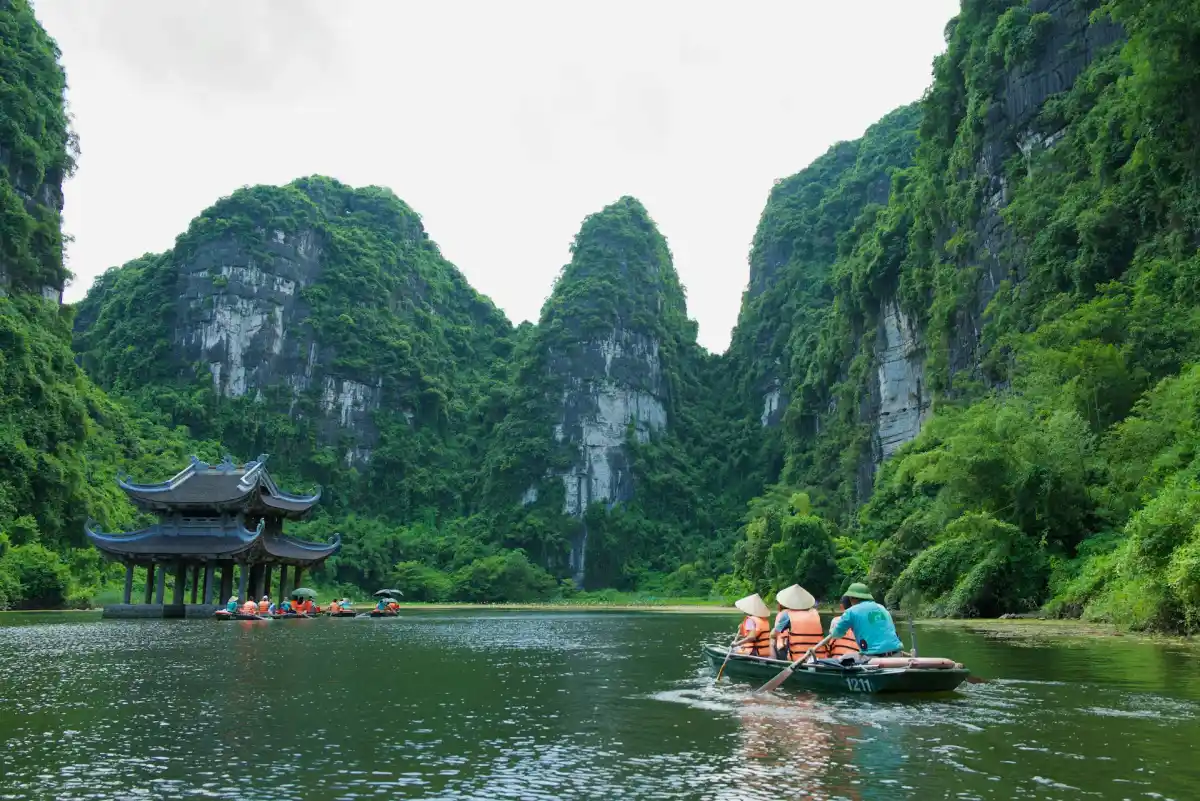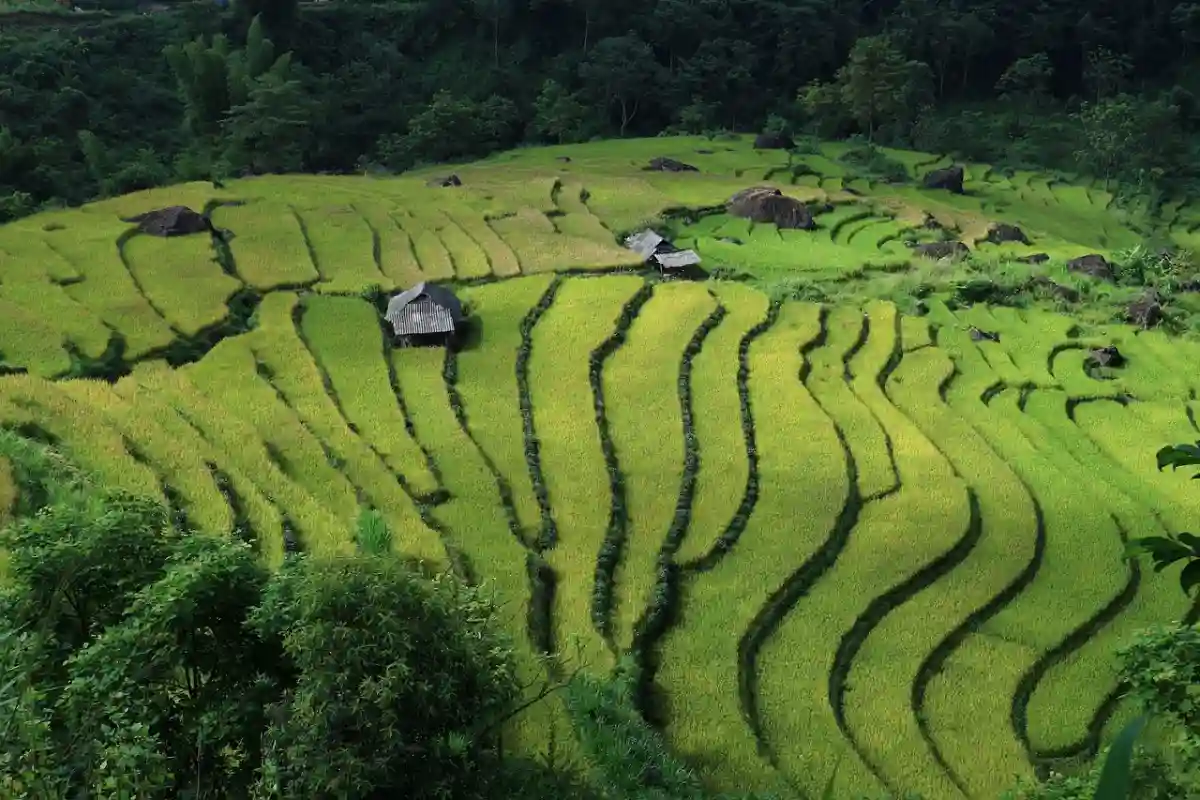Australians have always loved to travel. For many years, Bali has been the favorite place to visit, a second home with sunny beaches and friendly resorts. But in 2025, things are changing. Australians are turning their eyes north, past Indonesia, toward Vietnam.
Vietnam offers a different rhythm. Every meal is a discovery, every street corner hides a story, and the beaches feel untouched compared to Bali’s crowded sands.
In this guide, you will see why Australians are choosing Vietnam over Bali in 2025 and how you can plan your own trip, from getting a visa to picking the best city. Vietnam is full of energy and surprises, and it might be the adventure you have been waiting for.
Travel Trends: Vietnam’s Rise Among Aussie Tourists
This marks a big change for Vietnam. More Australians are packing their bags for Hanoi, Da Nang, and Ho Chi Minh City than ever before. Travel sites now show Vietnam ahead of Bali and even Japan as a top choice. Bookings have risen so quickly that tourism leaders call it one of the biggest changes in Australian travel this decade.
Graph of Australians visiting Vietnam from 2023 to 2025
In 2023, Vietnam had 390,000 Australian visitors, more than double the year before. In 2024, the number grew to 580,000, breaking records and filling flights from Sydney, Melbourne, and Brisbane. In 2025, the number is expected to go over 700,000, making Australians one of the main visitors to Vietnam.
This is more than growth for Australia. Australians now make up about 6% to 7% of all visitors to Vietnam. This number is likely to grow as more flights open and getting an eVisa becomes easier.
The online numbers tell the story, too. Travel sites show searches from Australians for Vietnam have jumped 180% in one year. For the first time, Vietnam is ahead of both Bali and Japan in online searches. This shows Australians are not just curious, they are making real plans to visit.
Behind the numbers lie the reasons. Let’s walk through them one by one.
Why Australians Prefer Vietnam Over Bali in 2025
Why are Australians choosing Vietnam, and why now? A family from Melbourne, a couple from Sydney, or a group of friends from Brisbane may once have picked Bali for comfort, but today many are turning to Vietnam’s busy streets instead. For Australians, the reasons are clear: affordability, authenticity, and adventure.
Affordable Without Sacrifice
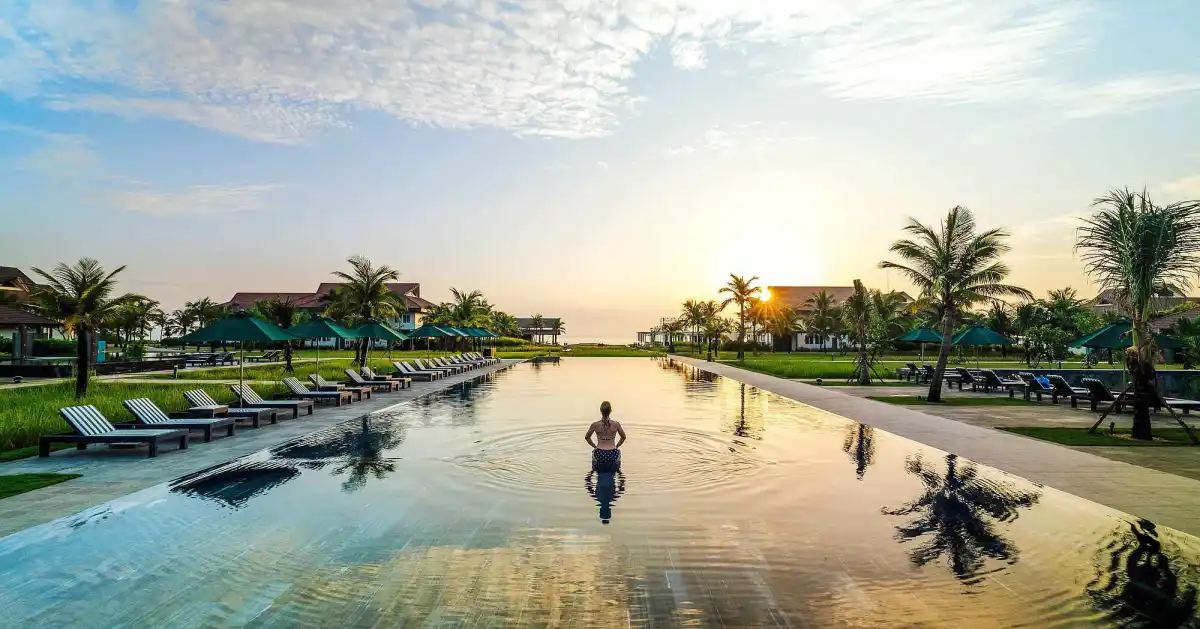
Photo Credit : https://www.robinson.com
Travel is always about balancing money and experience. Vietnam gives Australians both.
Hotels are very affordable. A good mid-range hotel, often family-run and welcoming, can cost around AUD 30 per night. In Bali, the same type of hotel can be almost double the price in the busy season.
Food is even better value. You can sit on a small stool on a Hanoi street and enjoy a hot bowl of pho with fresh herbs and lime for under AUD 5. In Ho Chi Minh City, a tasty banh mi sandwich costs less than a coffee in Sydney. Even tours, from a Ha Long Bay cruise to a motorbike trip, are much cheaper than similar packages in Bali.
The Australian dollar goes further in Vietnam. In 2025, with higher living costs at home, that makes a big difference. You are not cutting back, you are enjoying more and paying less.
Authentic Cultural Experience
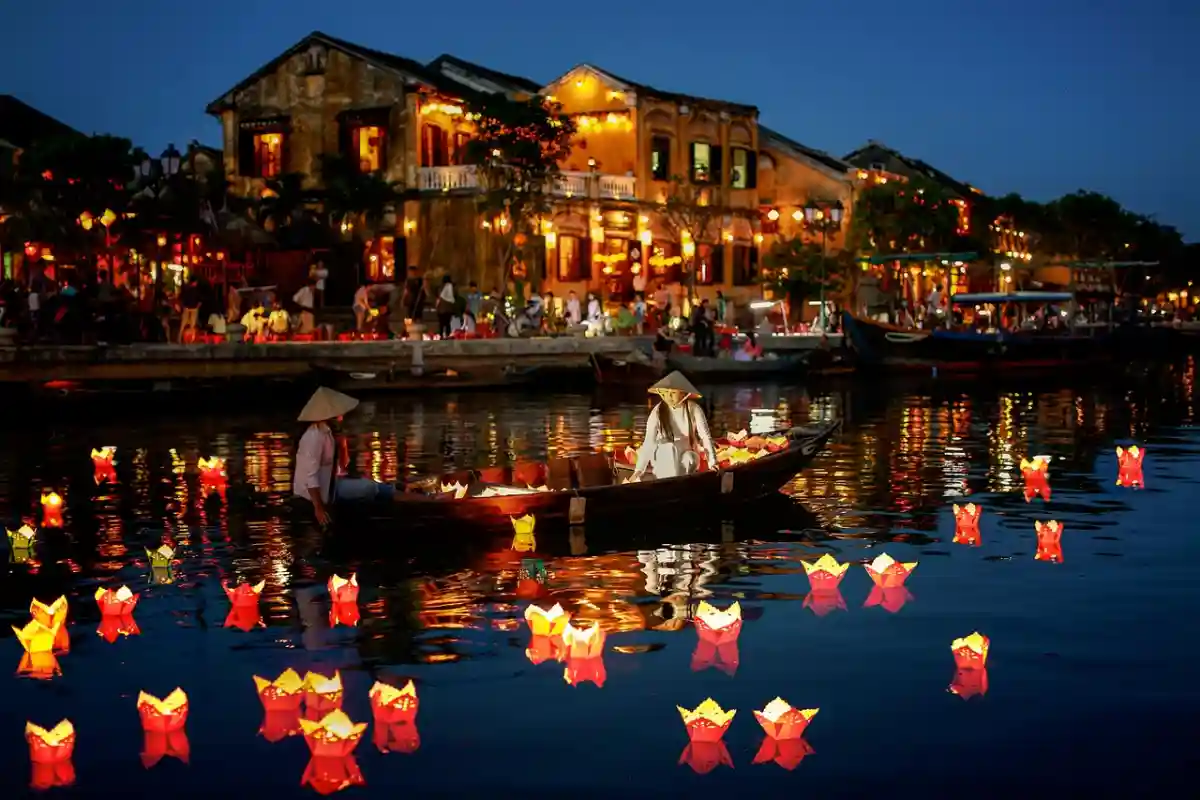
Bali is beautiful, but much of it is now shaped for only tourists. Vietnam still feels real, rich, and more authentic.
You can walk the old streets of Hoi An, where lanterns shine at night on the Thu Bon River. Also, can visit the Hue Citadel, where old kings once ruled, and the walls are covered in moss. At My Son Sanctuary, ancient ruins still stand firm in the tropical heat. These places are real parts of Vietnam’s history, not only for display.
The difference is in how you join the culture. In Vietnam, you will hear the local language, taste different foods in each region, and see a culture that is still its own. You won’t feel like you are only watching a show for tourists. You’ll feel like you have stepped into a real story that’s been unfolding for a long time.
Culinary Tourism Boom
Video Courtesy @Flora and Note
If there is one thing Australians never give up, it is food. Vietnam delivers in ways that surprise even the most experienced travelers.
In 2024, Vietnam was named a top 10 food destination in the world. And by 2025, this reputation has only grown stronger. The world already knows pho and spring rolls, but Australians are now discovering local dishes like bun cha in Hanoi, cao lau in Hoi An, and spicy bun bo Hue in central Vietnam.
Food tours are very popular among tourists over here. Australians join market walks, tasting dishes from one stall to the next. Cooking classes are now a favorite souvenir, where you not only eat but also learn how to make the dishes at home.
Nature, Beaches, and Variety
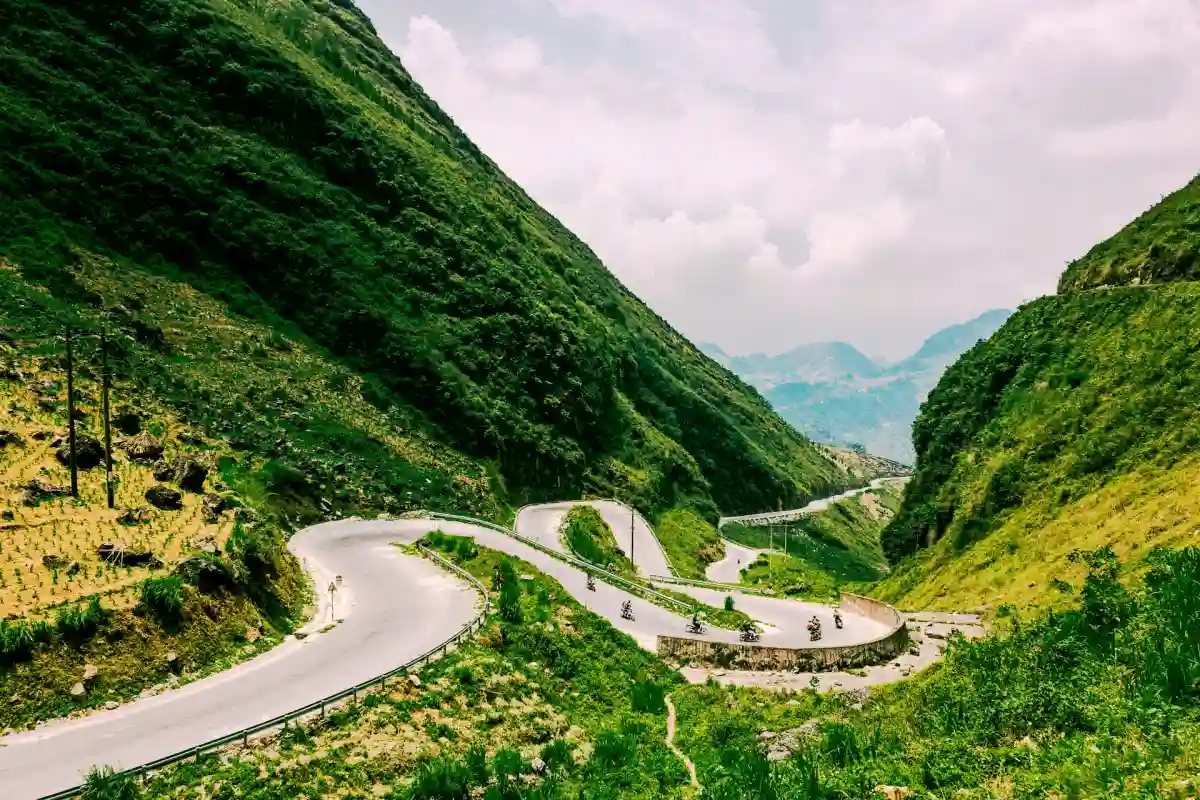
After food, the next big draw for Australians is Vietnam’s landscape. The country changes every few hundred kilometers, offering endless variety.
You can see the tall limestone cliffs of Ha Long Bay, the green caves of Phong Nha, the wide golden beaches of Da Nang, and the beautiful rice terraces of Sapa, all in one country. This variety gives travelers many choices of things to do and see in Vietnam. Whether you want mountains, rivers, islands, or beaches, Vietnam feels like a colorful travel picture that keeps shifting.
For adventure lovers, Vietnam is even more exciting. You can hike through misty villages in the north, or bike along the Mekong Delta. You can also take motorbike trips through Ha Giang if you wish. These are the kinds of thrills that Bali no longer offers in the same way.
Better Infrastructure and Safety in 2025
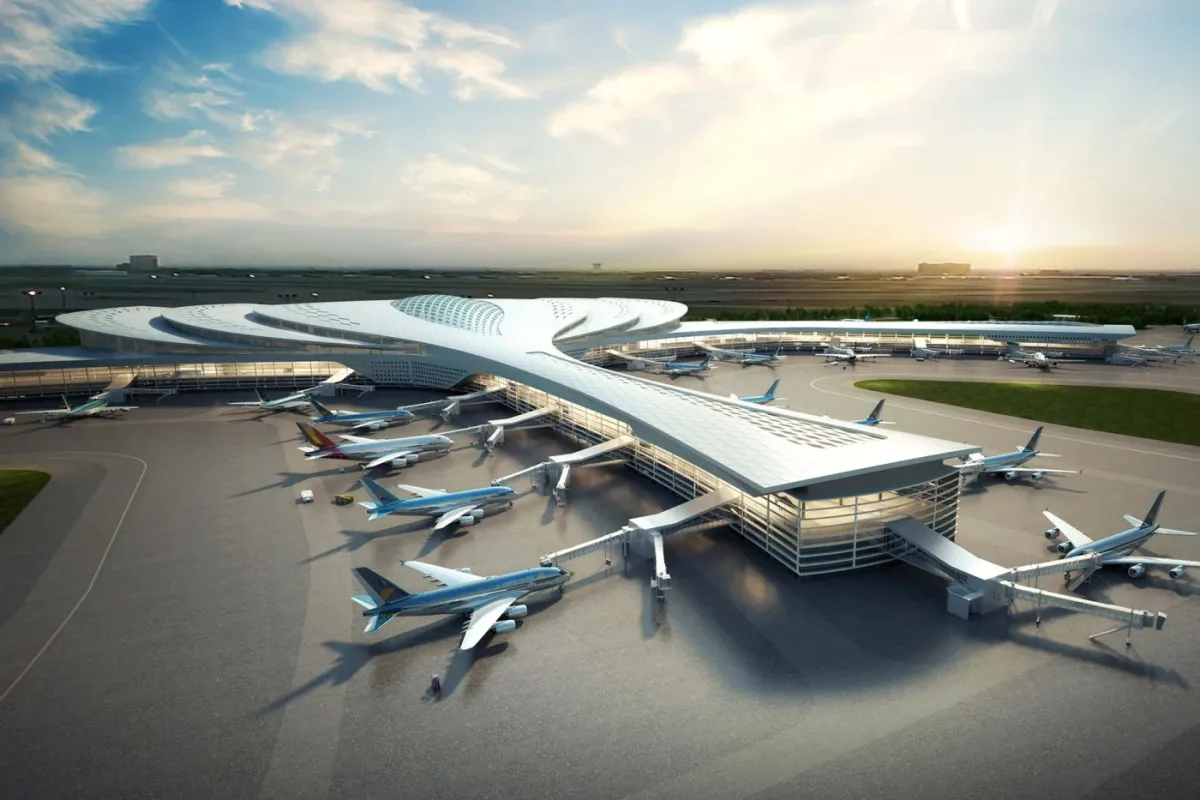
Photo Credit :https://thedesignair.net/
Along with food, nature, and culture, Vietnam is also making travel easier and safer.
In 2025, direct flights connect Sydney, Melbourne, and Brisbane not only to Ho Chi Minh City but also to Hanoi and Da Nang. Airports are more modern, roads are smoother, and many hotels now match international standards.
Safety is another big reason Australians feel comfortable in Vietnam. In 2024, Vietnam was ranked the safest country in Southeast Asia for solo and female travelers. This is important for Australians, as many now travel on their own or in small groups. Vietnam is both adventurous and safe, something hard to find in the world now.
Top Destinations in Vietnam for Australians
Vietnam’s charm is not found in just one city or island. It is a country full of variety, where every place has a different flavor. From quiet heritage towns to lively modern cities, each destination gives travelers a new way to experience Vietnam.
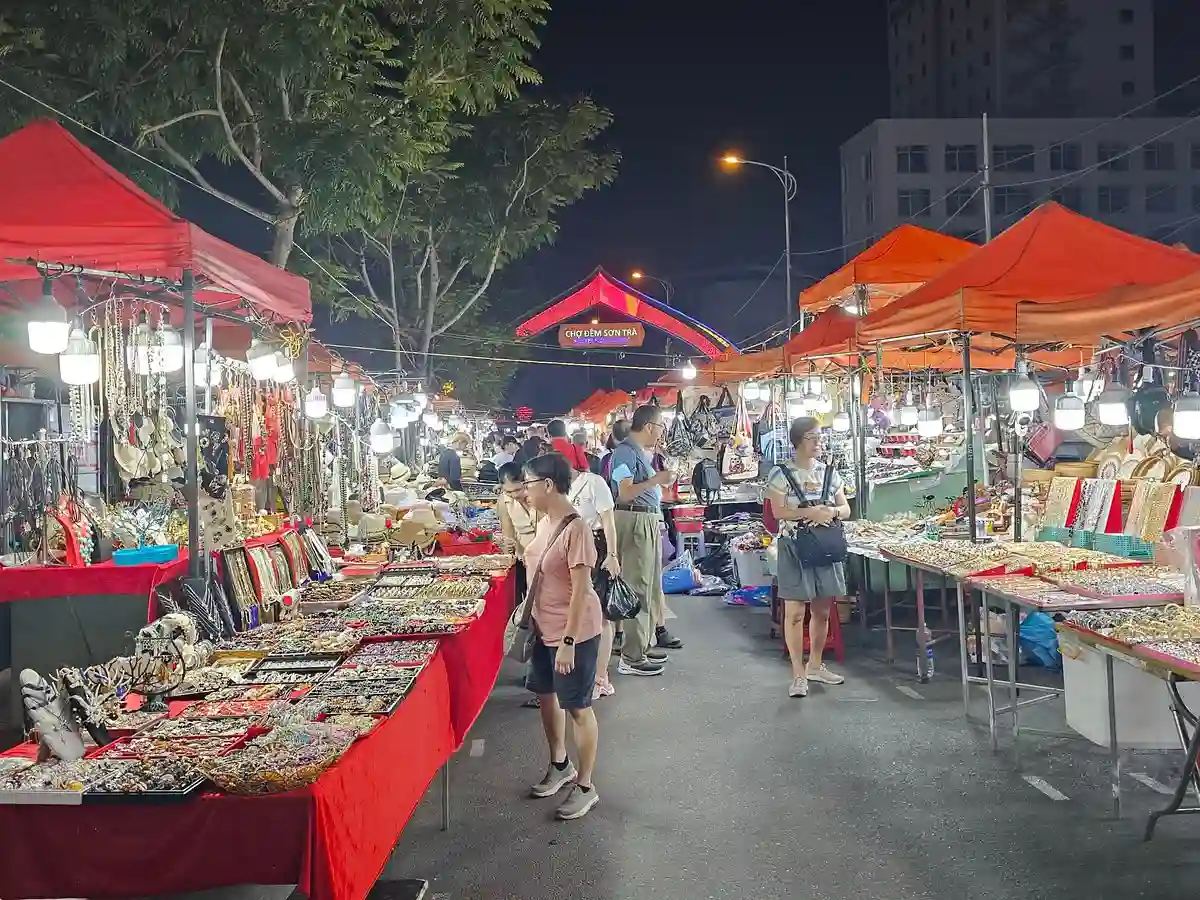
Photo Credit: https://www.tripadvisor.com
In Hoi An, lanterns glow at night, creating a romantic atmosphere in the ancient streets. Da Nang offers long beaches, buzzing nightlife, and resorts that welcome families. In the north, Hanoi blends chaos and charm in its Old Quarter, while its street food scene is among the best in the world. Further south, you will find Ho Chi Minh City. It feels modern, busy, and alive with youthful energy.
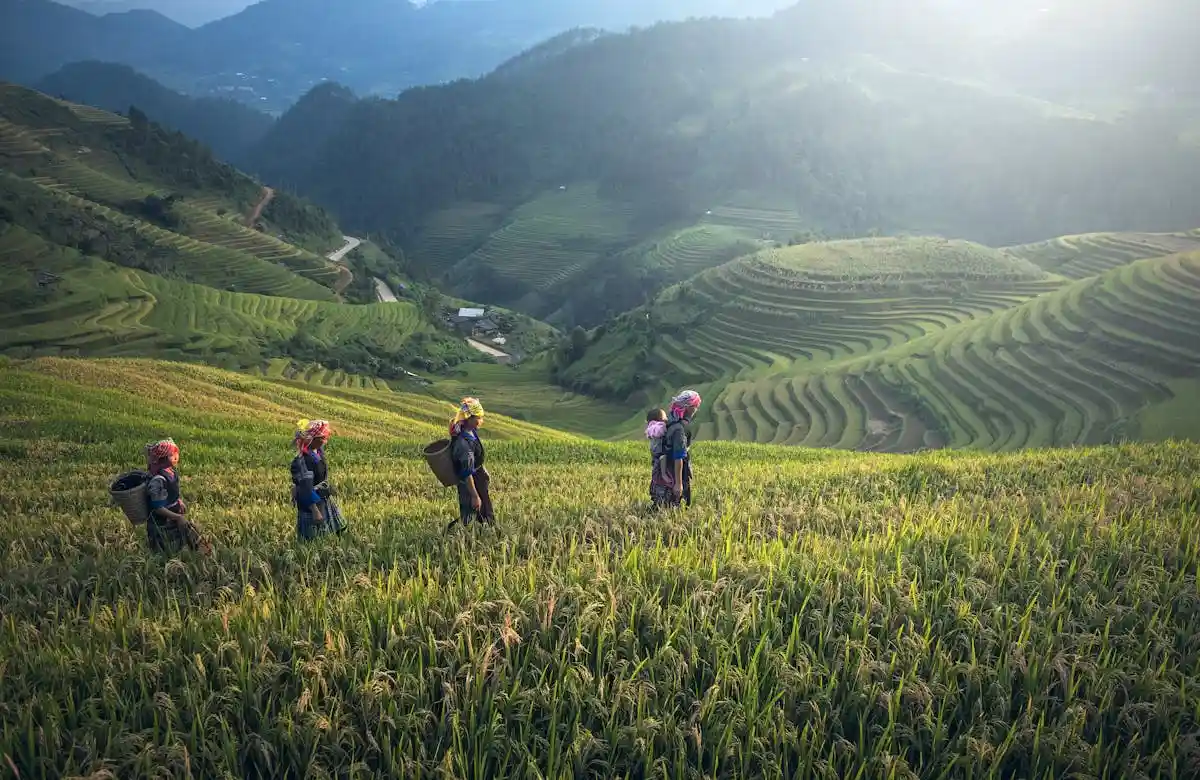
Nature lovers will find Sapa with its misty mountains and rice terraces. It is perfect for trekking. Phu Quoc Island is a tropical paradise, less crowded than Bali but just as beautiful. And there is Ha Long Bay, a UNESCO World Heritage site. Visitors are surprised by the limestone cliffs that rise from the green waters.
Visa Requirements for Australians Traveling to Vietnam
When you travel, you need to think about visas. Australians need an eVisa before they arrive in Vietnam. It is very easy to get. All you need to visit the Vietnam eVisa portal, apply online, and get your evisa by email.
The eVisa lets you stay for up to 90 days. You can choose single entry or multiple entries, depending on your trip.
This makes Vietnam easier than Bali, where getting a visa on arrival can feel rushed or limited.
Travel Tips for Aussies Visiting Vietnam
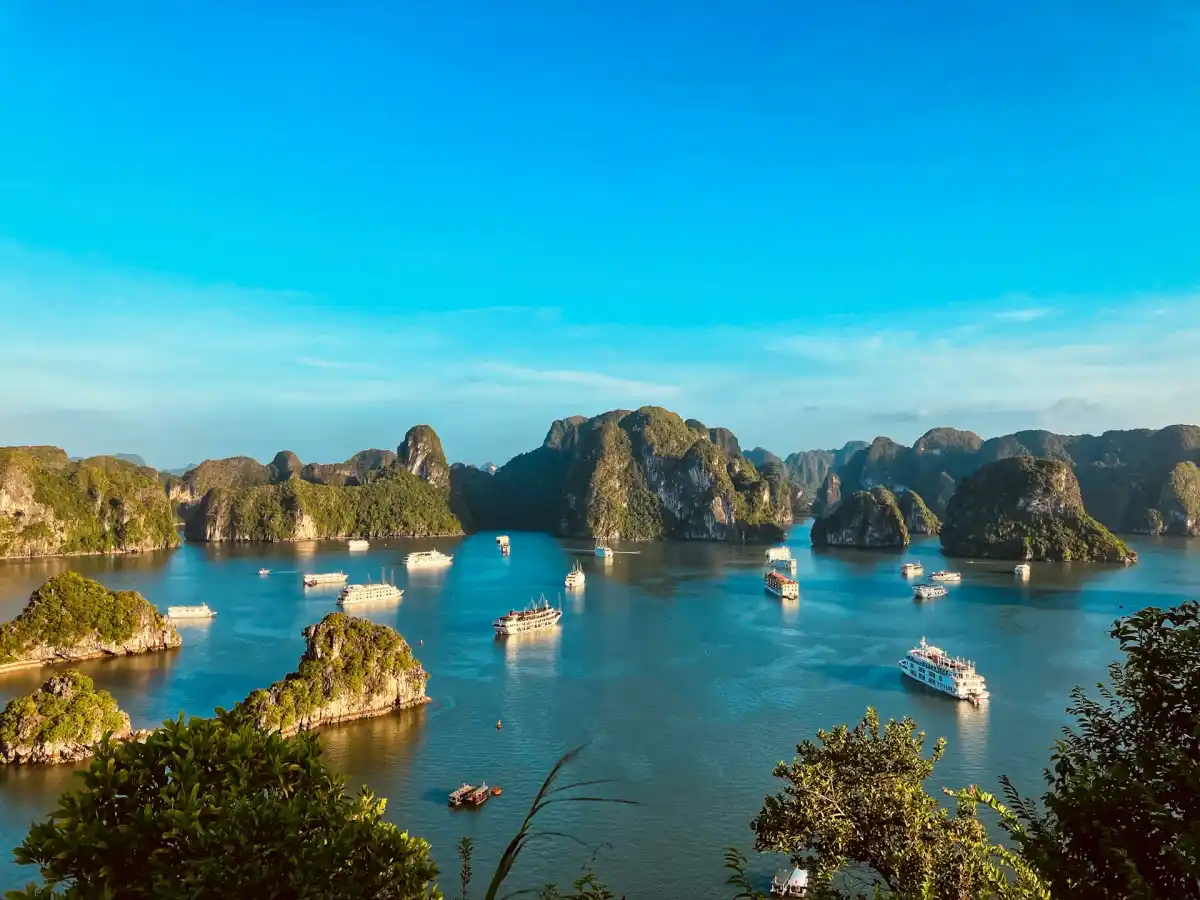
A trip is always easier when you know the small details. Check out some tips to help:
- Currency: The Vietnamese Dong (VND) is used in markets. Cash is best, but cards are accepted in big hotels.
- Weather: The best seasons for travel are March to May and September to November, when the climate is gentle.
- Connectivity: You can buy a local SIM or eSIM for cheap and fast internet
- Transport: Use the Grab app for taxis and food delivery, and it’s reliable and fair.
- Etiquette: Wear modest clothes in religious places. Even simple Vietnamese greetings bring warm smiles
- Health: No vaccines are required, but having travel insurance is strongly advised.
- Flights: Direct flights from big Australian cities make travel easy
Conclusion
Vietnam is no longer a hidden secret for backpackers. In 2025, it is one of the top choices for Australians, a country that is changing the way they travel. The reasons are clear. Vietnam offers affordable prices, a rich culture, and food that stays in your memory long after the trip. It not only gives you beaches, but also mountains, rivers, islands, and adventure.
Travel is easy too. Travel is easy too. Visas are simple with the online eVisa system, which makes entry fast and stress-free. And direct flights from Australia are also available. The only step left is deciding to go.
